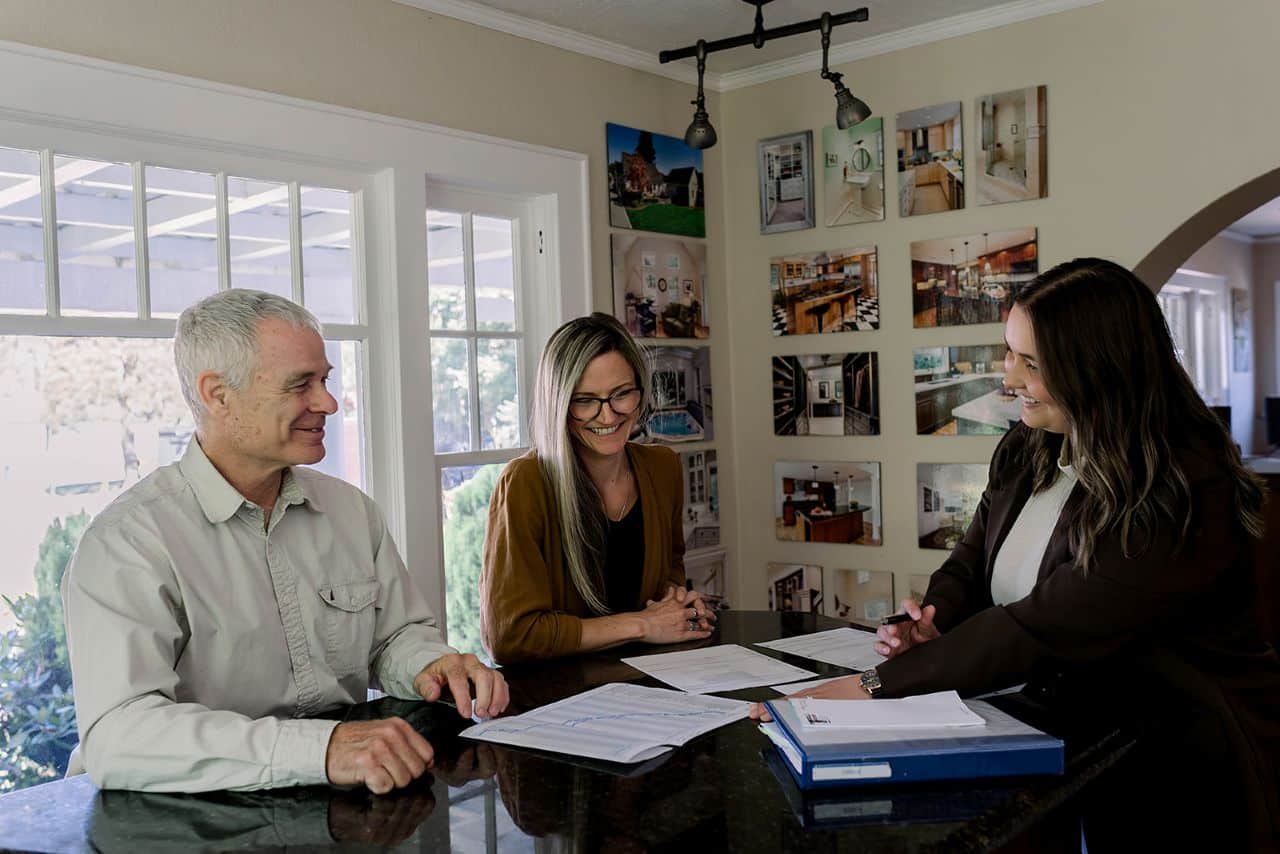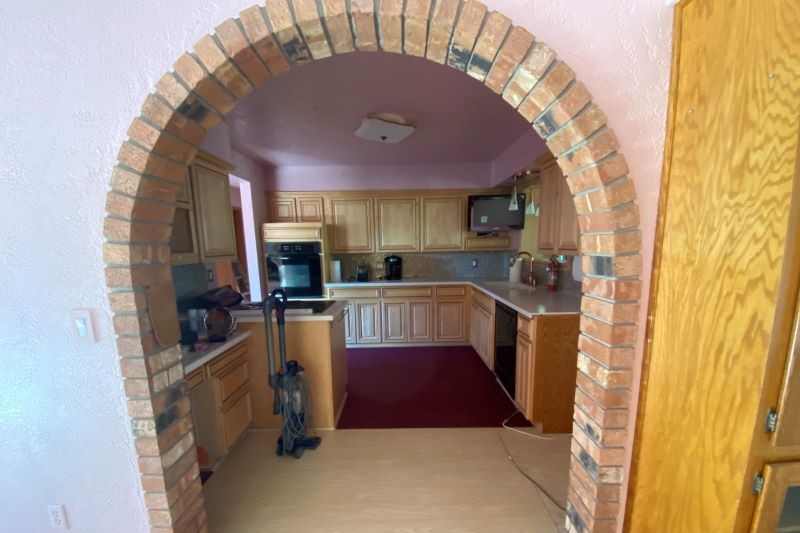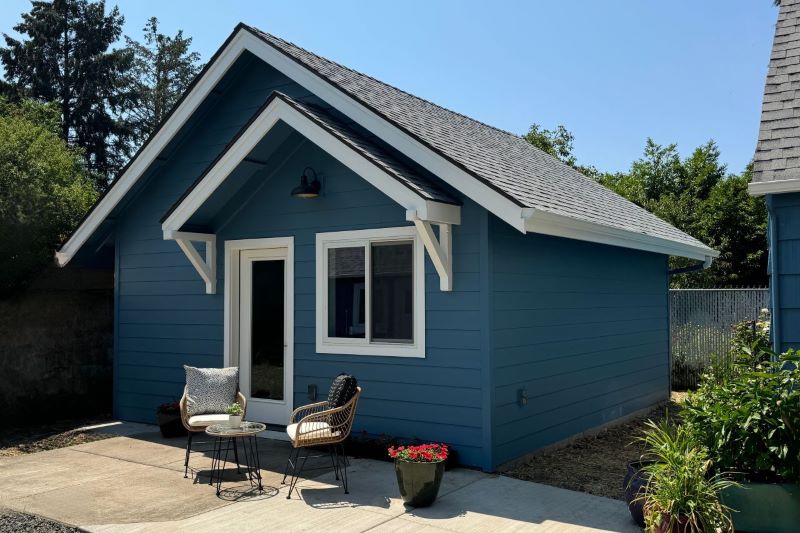
In a recent article, “Paving the Way for a Smoother Remodeling Experience,” we introduced key considerations to make your remodeling journey smoother. Over the next few months, we’ll dive deeper into each one.
First up: defining the purpose and scope of your remodel. Before jumping into design plans and estimates, it’s essential to clarify both. The purpose is the “why” behind your remodel—what you want to achieve. The scope is the “scale”—the size and extent of the changes you plan to make. Identifying these from the start will help you stay focused, true to your vision, and on track throughout the process.
We’ve found there are a few common reasons people remodel, each with their own scope. Considering which of these resonates most with your goals can help you become clearer on your project.
Improving Functionality
For many, the primary driver of a remodel is to enhance their home’s functionality. Whether it’s reconfiguring a poorly laid-out kitchen for better efficiency or overhauling an entire floor plan to create a more practical living space, improving functionality is often a central theme. Common improvements include maximizing storage, improving the flow between spaces, or reorganizing areas like the mudroom to streamline everyday tasks like laundry. In other cases, homeowners may need additional space—such as converting a basement into a family room or adding a new primary suite.
The beauty of remodeling for functionality is that it often offers a perfect opportunity to enhance the style and aesthetics of your home as well. It’s like getting two benefits in one!


Aesthetic Upgrades
Not all remodels are driven by the need for more space or better organization. Some are purely about transforming the aesthetic of your home. Maybe certain areas feel outdated or no longer align with your personal style, or perhaps your space lacks the welcoming atmosphere you crave.
A remodel focused on aesthetics could range from removing walls to open up the space and flood it with natural light, to something as simple as upgrading countertops, flooring, or paint to give a room a fresh, modern look. Smaller changes—like updating cabinet hardware, adding stylish light fixtures, or installing beautiful backsplash tiles—can also make a considerable impact. The goal is to create a space that feels inviting and is more line with your tastes and needs. You want it to feel like home, a space you’ll truly enjoy spending time in.


Personal or Lifestyle Changes
Remodeling often reflects changes in lifestyle or family needs. Whether it’s preparing for a new baby, carving out space to work from home, or accommodating a newfound hobby, these lifestyle changes can be exciting drivers for remodeling projects.
A modest remodel might involve setting up a dedicated home office space, while larger projects could include adding an entirely new wing to the house. Accessibility improvements, like widening doorways or adding ramps, can make a significant difference for families with aging parents or others with mobility challenges, without altering the overall floorplan.
We’ve worked on many projects inspired by these life changes. For example, we built an ADU (Accessory Dwelling Unit) for a family whose daughter was moving in, providing her with a private and comfortable living space. Another family, expecting a baby, found their current home too cramped and decided to add a primary suite and office space to better accommodate their growing family. Here are a couple more examples:


Increasing Resale Value
Although it may not be the primary reason for your remodel, increasing resale value is something to keep in mind, especially if you plan to sell your home in the future. Before starting your project, consider which upgrades will not only enhance your daily life but could also give you a return on investment when it’s time to sell.
It’s important to choose remodels that align with your current needs and lifestyle, but also to think about how potential future buyers might view the changes. A remodel can add value to your home in ways that benefit you both now and in the future.

The purpose of your remodel is likely a mix of all these factors. Whether you’re focused on improving functionality, updating aesthetics, or adapting to lifestyle changes, keeping your main goals at the forefront will ensure the project stays aligned with your needs and vision—and help you avoid getting lost in the details.
